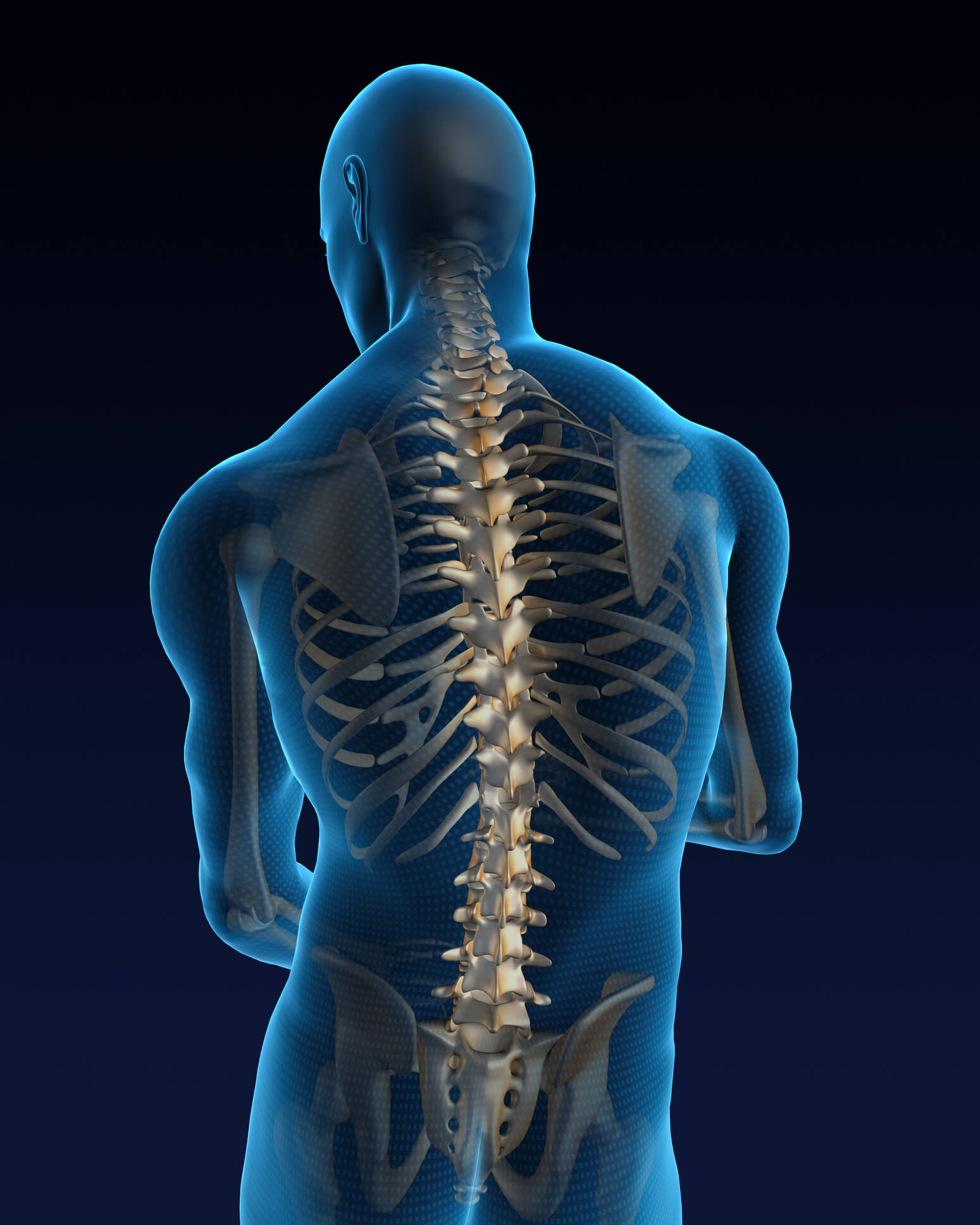
13 Jul Sleeping Positions & Back Pain
Sleeping Positions & Back Pain
As a spine surgeon at Orthopedic Associates of Abilene in Texas, Paul W. McDonough, MD, cares for many patients with back pain. Dr. Paul McDonough upholds a commitment to educating patients about their pain and helping them understand potential contributing factors.
Sleep position can have a significant effect on your back pain. The most comfortable sleeping positions tend to maintain the spine in a neutral position, as though you were standing up with good posture. Sleeping on your back tends to be the easiest way to accomplish this, as it keeps your neck in the most natural position and distributes your weight most uniformly.
Experts recommend that you avoid sleeping on your stomach, as it flattens the spinal curve and strains the back muscles, and also rotates the neck. If you are a dedicated stomach sleeper, you may be able to lessen pressure on the back by placing a pillow under your pelvis and lower belly.
Likewise, if you are a side sleeper, a pillow between your knees can help you to keep your pelvis and spine in alignment. Alternating sleeping sides may also help, as consistently sleeping on the same side can lead to muscle imbalance and even scoliosis in extreme cases.
Regardless of your sleep position, experts recommend that you use a pillow to support your neck. A small pillow may be used under the neck itself if you are a back sleeper, but side sleepers need a thick pillow to keep the head in line with the spine.


